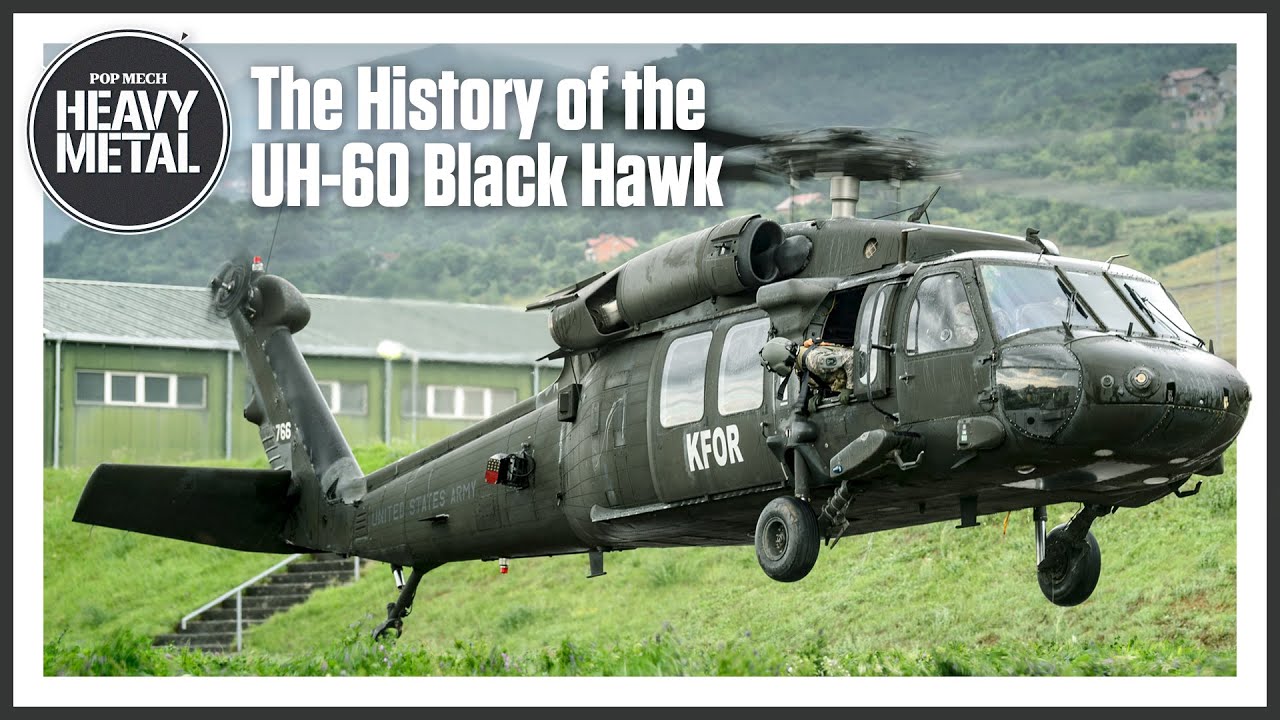A great history video from Popular Mechanics. In 1974, a menacing helicopter took to the skies for the first time. It had one simple mission—survive—no matter the cost. Its designers built its hulking frame from lessons learned during the Vietnam War, chief among them being that a helicopter isn’t any good if it can’t stay in the fight. This new helicopter—more of a flying tank than your average helicopter of the era—would go on to serve for 40 years with U.S. military—and it’s still got several more decades left in the tank.
The Sikorsky UH-60 Black Hawk is a four-blade, twin-engine, medium-lift utility helicopter manufactured by Sikorsky Aircraft. Sikorsky submitted the S-70 design for the United States Army’s Utility Tactical Transport Aircraft System (UTTAS) competition in 1972. The Army designated the prototype as the YUH-60A and selected the Black Hawk as the winner of the program in 1976, after a fly-off competition with the Boeing Vertol YUH-61.
Named after the Native American war leader Black Hawk, the UH-60A entered service with the U.S. Army in 1979, to replace the Bell UH-1 Iroquois as the Army’s tactical transport helicopter. This was followed by the fielding of electronic warfare and special operations variants of the Black Hawk. Improved UH-60L and UH-60M utility variants have also been developed. Modified versions have also been developed for the U.S. Navy, Air Force, and Coast Guard. In addition to U.S. Army use, the UH-60 family has been exported to several nations. Black Hawks have served in combat during conflicts in Grenada, Panama, Iraq, Somalia, the Balkans, Afghanistan, and other areas in the Middle East.

